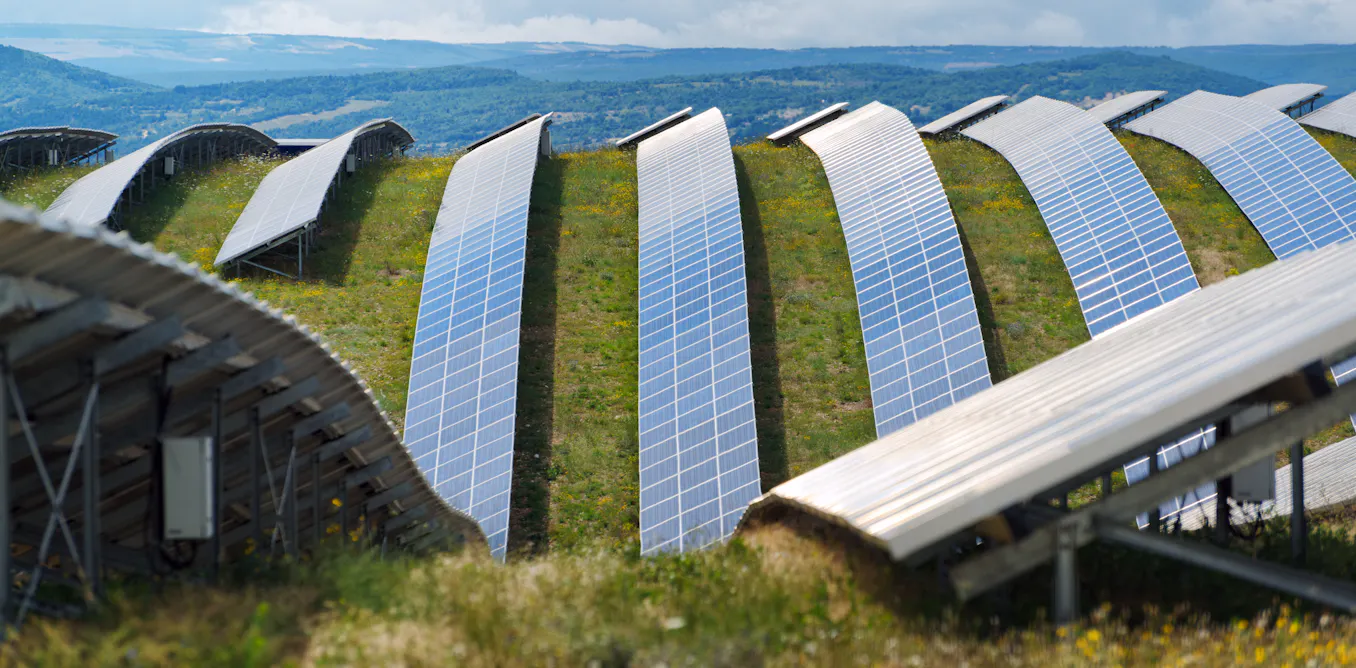The Rise of Commerical Solar in Texas
The Impact of Commercial Solar and it's overall effect on the Solar Industry.

Over the last few years we have seen a bright spot in the solar industry emerge in the commercial community. Commonly called the C&I sector, the commercial and industrial space has attracted big developers, electrical coops, large businesses and utility companies to invest in solar. These entities leverage solar installations to lower operating costs, enhance sustainability, align with broader environmental goals and deliver value to their investors.
Economic Drivers
In addition to the steady lowering of installation costs there are several new key factors that have increased demand in the commercial sector. Electricity prices have increased nationally and in some areas quite dramatically. The Inflation Reduction Act has enacted new incentives that has expanded the market. The Direct Pay provision has been a significant boon for non-profit entities, entitling them to directly receive payment worth 30% of the value of the system from the IRS even though they do not pay taxes. The larger and older non-profit entities tend to own real estate assets (that happen to have roofs) making them a great candidate for solar acquisition. Customer sited solar provides a hedge against volatile utility rates as energy demands increase, particularly for entities with high consumption levels. Solar installations offer a cost-effective solution that lowers operating costs over the long term.
Advances in Technology
Technological advancements have played a role in the expansion of commercial solar energy. Innovations in solar panel efficiency, energy storage, and smart grid integration have made solar systems more reliable and versatile. Innovations include bifacial panels that generate more yield and more savings, hybrid inverters that can accommodate solar and battery inputs, and better designed products across the supply chain that enable lower cost installation without compromising safety or quality. Finally, economies of scale in general benefits the commercial market with more efficient technologies, more cost effective solutions, resulting in higher energy and financial returns on all systems. Energy storage solutions such as lithium-ion batteries can now store excess energy generated during the day for use during nighttime or peak demand periods, ensuring a steady and reliable power supply and the ability to monetize energy with grid services. Additionally, software advancements have enabled robust real-time management and optimization of solar systems, allowing companies to maximize their return on investment.
Case Studies and Industry Trends
In addition to the growing number of high-profile companies like Google, Apple, Samsung, and Amazon that have invested heavily in solar energy to power their operations and data centers, there is a wide array of companies across market segments who are choosing solar. High profile retailers like HEB, Whole Foods, Walmart and Target have also installed solar panels across hundreds of stores, highlighting the scalability of these systems. The rest of the business community is taking note of these leaders and has begun to evaluate this strategy for their own operations.
Expanding Access
With expanded incentives, lower install costs, higher voided costs and strong market signals we are seeing broad interest in the small to medium for-profit sectors and non-profit communities. Industries such as manufacturing, agriculture, and hospitality have adopted solar to meet their energy needs while reducing operational costs. The rise of community solar programs has further broadened access, allowing smaller businesses to participate in renewable energy initiatives like the new Austin Energy Standard Offer Program which allows businesses to lease their roof top for solar arrays.
Conclusion
As economic, environmental, and technological factors align, the growth of commercial solar energy is poised to accelerate, shaping a cleaner and more resilient energy landscape. The rise of commercial solar installations in the US marks a significant milestone in the nation’s transition to renewable energy. The U.S. solar market now employs almost 280,000 people. By embracing solar power, businesses garner new cost savings and participate in a growing new economic sector.











